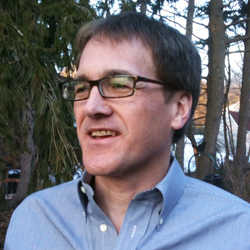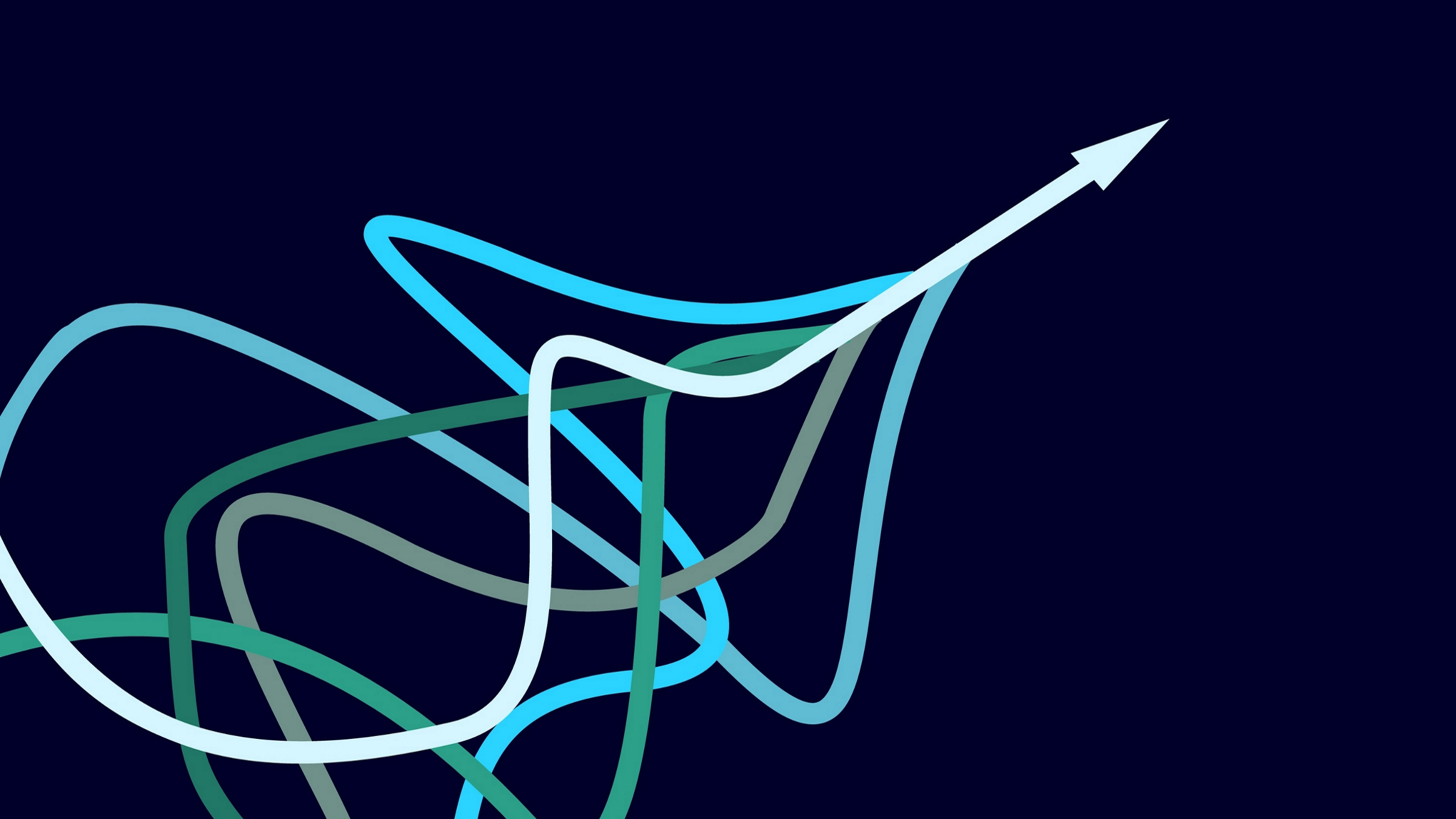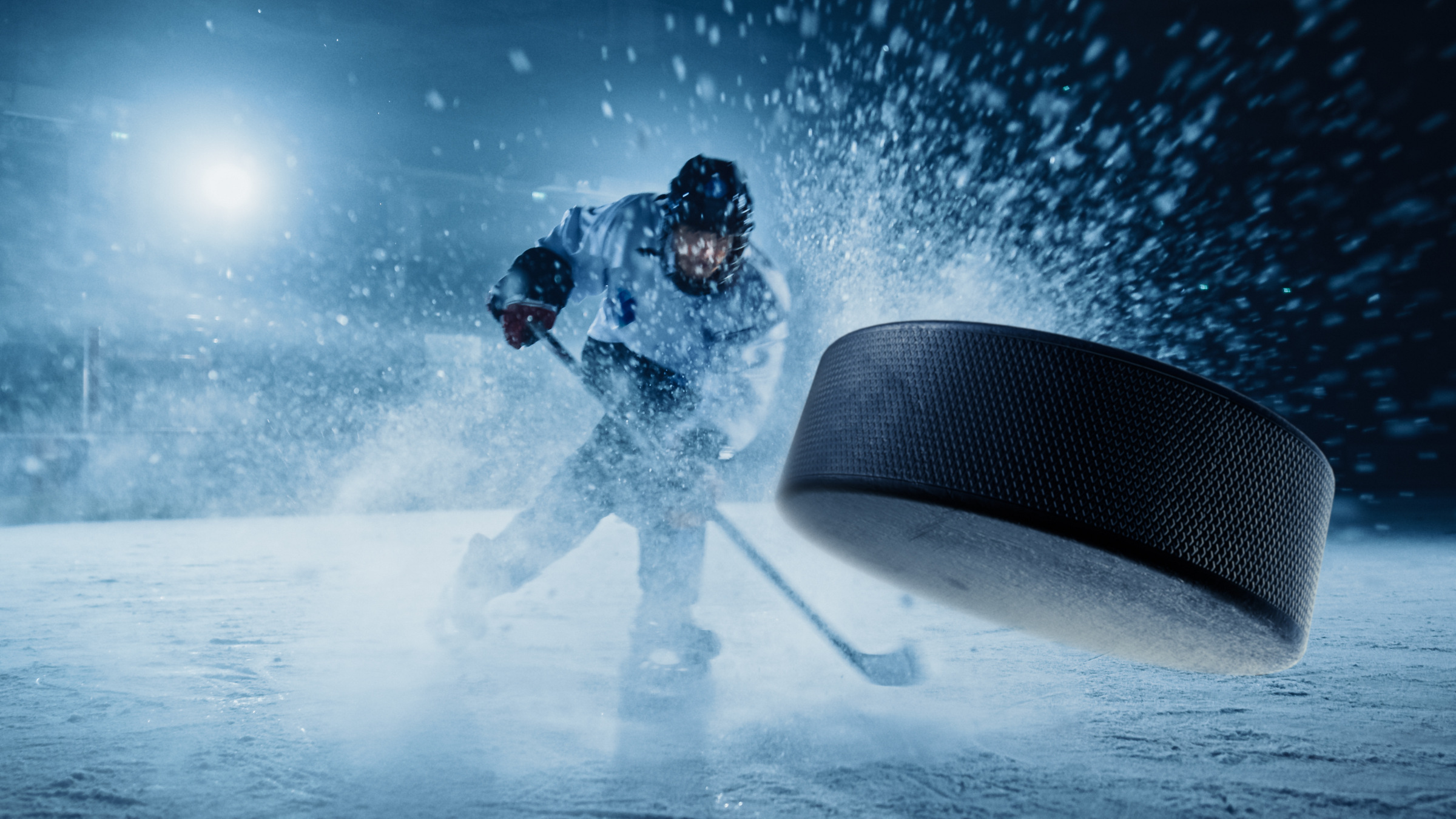
Physicist Carl E. Wieman’s keynote speech at SIGCSE 2010, "Science Education for the 21st Century: Using the Insights of Science to Teach/Learn Science," focused on a scientific approach to the teaching and learning of all sciences, and began with a discussion of two models for teaching science and their respective pros and cons.
In the first model, which is the most prevalent in American education, students are encouraged to think hard about the subject and figure it out, Wieman noted. Typically, a teacher will tell her or his students how to understand a topic, then give them a problem to solve. If a student solves the problem, fine. If a student doesn’t solve the problem, there’s obviously something wrong with the student, Wieman joked. If the teacher is "mean," she or he will flunk student, and if the teacher is nice, like me, Wieman said, the teacher repeat the material in a louder voice, with the expectation that will work.
This model works well for the teaching of basic knowledge for a well-prepared mind, Wieman said. Also, it is an easy way to teach and it provides effective feedback. However, Wieman noted that this model’s weaknesses are pronounced when it comes to teaching about a topic that involves complex analysis or judgment and involves the organization of large amounts of information. For such complex learning, this model often fails.
The second model, which Wieman prefers, is based on a scientific approach to science education. Its methods are based on a careful measurement of students’ learning, so a desired expert-like performance can be attained.
During the past two decades, there have been major advances in understanding how students learn, with input from classroom studies, brain research, and cognitive psychology, Wieman said. These advances have taught us how to: 1) identify components of expertise (i.e., scientific learning) and how expertise is developed, and 2) how to measure components of effective learning.
How Experts Learn
Much of this expert competence research has come from studying how exceptional historians, scientists, chess players, and others learn and master their respective fields (citation: Cambridge Handbook on Expertise and Expert Performance). Unlike non-experts (i.e., many students), experts possess factual knowledge; an organizational framework (they understand patterns, associations, and scientific concepts, and can effectively retrieve and apply this information); and an ability to monitor their own thinking and learning ("Do I understand this? How can I check?").
One way to assess students’ knowledge is to test them at the start and end of the semester about what they have learned. Wieman quoted a 1998 study that found that on average, students learn less than 30% of concepts they didn’t already know, regardless of lecturer quality, class size, and institution. With a scientific approach to teaching, however, he reported that students’ learning increases by 40%-60%.
Much of this increase benefits from understanding experts’ perception of knowledge v. novices’ perception of knowledge. In terms of understanding content, experts view content as a coherent structure of concepts whereas novices see content as isolated pieces of information to be memorized. Similarly, experts understand that concepts describe nature and are established by experiment, while novices view concepts as being handed down by an authority and unrelated to the world. In terms of problem solving, experts widely apply systematic, concept-based strategies as opposed to novices who tend to engage in pattern matching based on memorized formulas.
Wieman noted that measurements of students’ perceptions of class material, with surveys at the beginning and end of a course, such as introduction to physics, tend to show that students are more novice-like in their perceptions at end of the course. Research, Wieman said, has also shown similar results with chemistry and biology.
The components of effective scientific learning and teaching involve: motivation; connecting with and building on prior thinking; applying what is known about memory; and authentically practicing expert-like thinking.
Memory & Expert Thinking
For the purposes of his keynote, Wieman focused on memory and expert-like thinking. In terms of attaining long-term memory retention, Wieman pointed out that it requires the repeated retrieval and application of new information, done over time. (For accessible summaries of research on this topic, he referred to the research of Robert A. Bjork.) A common memory-related teaching error, Wieman said, is that teachers tend to base students’ grades largely on exam performance. This encourages cramming for exams and while it maximizes exam performance, it’s terrible for long-term retention.
Also, an often-ignored finding from cognitive science is that the capacity of a novice’s working memory is extremely limited. Typically, their ability to process and retain information from a lecture, which is how most teachers teach, is tiny, Wieman said.
A common teaching mistake, according to Wieman, is to give students the necesary background knowledge and show them how to apply this information. Then the teacher presents a relevant problem and demonstrates how all of the pieces are put together to solve the problem. The drawback of this approach is that a student typically doesn’t know the subject well enough and possesses limited working memory. For such students, all of the pieces of information are perceived as a set of disconnected facts that must be memorized, which requires lots of working memory and can be boring to students.
A better approach, Wieman suggests, is to present an interesting problem, then bring in the background knowledge and procedures as parts of the solution. This reduces the demands on the students’ working memory and is more motivating for them.
In terms of teaching students how to learn and think the way experts do, Wieman suggested they be given challenging but doable assignments, then be taught, like experts, how to master and understand concepts and mental models; recognize relevant and irrelevant info; and perform self checking, sense making, and engage in serious reflection.
The teacher can aid this learning style by providing effective feedback that is both timely and specific. But research has shown that putting in the time and effort is not enough—the novice, like the expert, must know what and how to practice.
For computer scientists who want to understand the components of expertise in terms of software design, Wieman recommended chapter 21 of the Cambridge Handbook of Expertise and Expert Performance. He observed that what he believes is most absent from CS teaching is enough instruction about debugging and testing and about the importance of communication and collaboration. (The best software testers, he said, possess high communication and collaboration skills.)
Scientific Learning & Teaching Applications
To apply scientific learning and teaching, Wieman suggested the following procedures for a hypothetical class on electric currents: 1. Have the students read a chapter on electric currents and learn the basic facts and terminology. Then give them a quick quiz to check their knowledge and to reward the successful learners. 2. Have a class built around a series of questions and provide students with clickers so they can test their knowledge and so the teacher can assess the class’s understanding (the clickers also create individual accountability and prime the students to learn). 3. Break the class into a set of small groups and have the groups answer again, via the clickers, the questions, and then discuss and argue about the answers, while the teacher roams the classroom and listens in on the groups. 4. The teacher should elicit the students’ reasoning and show their responses, then follow-up with discussions, review both correct and incorrect thinking, and extend the ideas.
Wieman stressed that for students to attain an expert’s style of thinking, classroom time is not enough. Students need to practice expert-style thinking outside of the classroom, and the proper use of homework can aid in this effort. Just as athletes develop their muscles, he said students must develop their brains.
Resources
For additional information, Wieman suggested:
NAS Press, "How People Learn"
Redish, "Teaching Physics"
Handelsman, "Scientific Teaching"
Wieman, Change Mag, Oct 2007, carnegiefoundation.org/change/
Cwsei.ubc.ca: Guide to Effective Use of Clickers
Class belief: class.colorado.edu class
PhET Simulations: phet.colorado.edu
Jack Rosenberger is senior editor, news, of Communications of the ACM.



Join the Discussion (0)
Become a Member or Sign In to Post a Comment